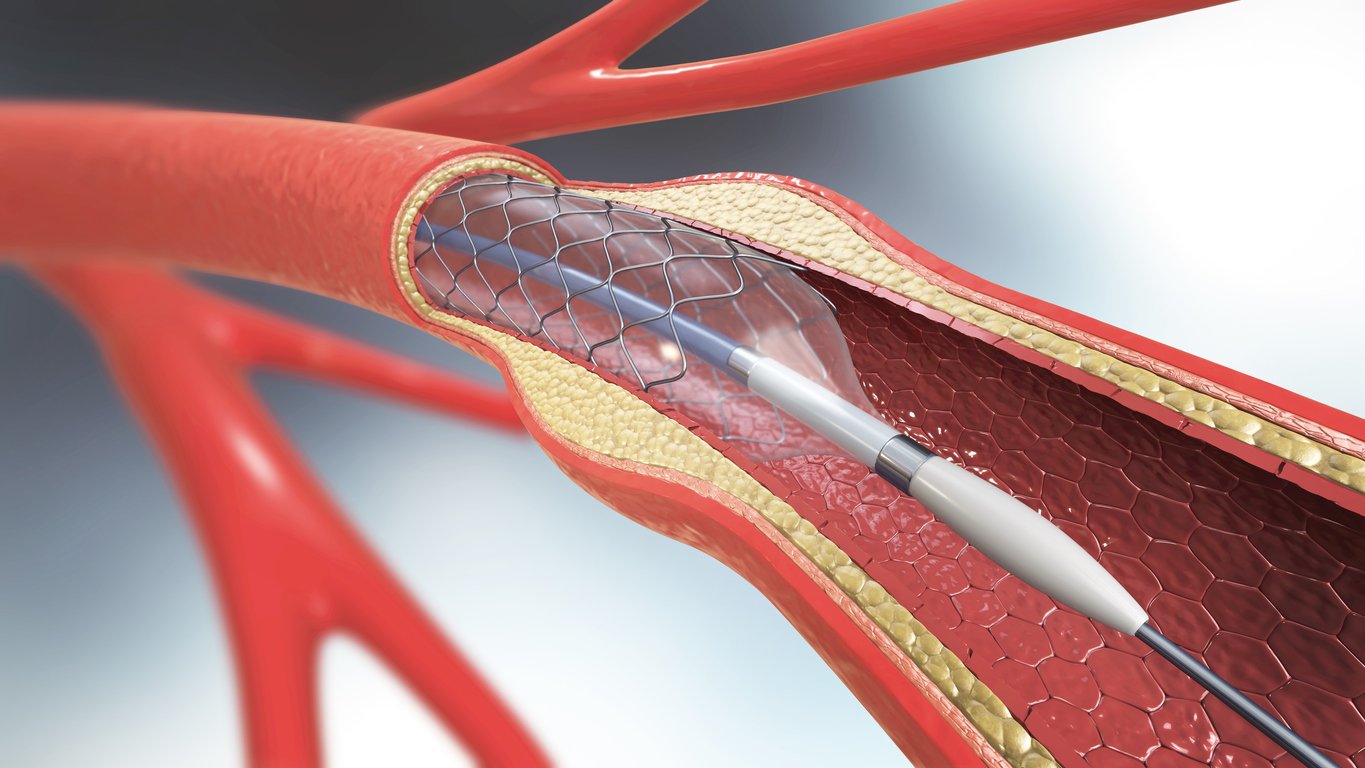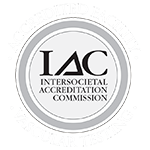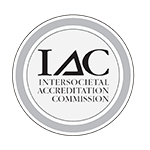
Carotid angioplasty and stenting are tried-and-true medical procedures with excellent results. These surgical operations treat or lessen the risk of a deadly stroke. The blood vessels involved are the carotid arteries-main blood vessels that supply blood to the brain.
The carotid arteries may be partially or fully blocked with plaque that slows or obstructs blood flow to the brain, causing carotid artery disease. Consequently, the plaque may get detached and block a different artery. To treat the obstructed or narrowed artery, there are several surgical operations that can be employed:
- Carotid Angioplasty and Stenting (CAS)
- Carotid Endarterectomy (CEA)
- TransCarotid Artery Revascularization (TCAR)
While we have covered CEA and TCAR options in previous blog posts, let's have a more comprehensive look at Carotid Angioplasty and Stenting.
Why You May Need Carotid Angioplasty and Stenting
Carotid Angioplasty and Stenting (CAS) are minimally-invasive surgical operations with a shorter recovery period and are generally recommended for patients who qualify as high risk. Some factors that may favor stenting include:
- The patient has had a prior medical history of a neck or carotid surgery
- The patient has had a neck radiation
- The patient is too unwell to have a carotid endarterectomy
- The location of the clog or the thinning in the carotid artery makes surgery more complicated
- The patient has a co-existing heart condition
Generally, patients with less than 60% of carotid artery obstruction will be treated with lifestyle changes and prescription medication only. Those with a 60-69% blood vessel obstruction may be recommended for either Carotid Endarterectomy, TCAR, or Carotid Angioplasty and Stenting. These surgical operations will also be recommended to the patient in medical cases where a blockage is 70%. As always, the best procedure for you should be discussed with your vascular doctor.
Risks Involved in Carotid Angioplasty and Stenting
Risks you may encounter depend on your overall health and the severity of your condition, among other factors. The potential issues involved in this procedure include:
- Myocardial infarction
- Stroke
- Infection
- Profuse bleeding at the surgical site
- Hypotension
- Return of the clots
- Kidney failure
- Allergic reaction to the dye
- Heart arrhythmias
- Abrupt vessel closure
How You Prepare for CAS
Your caregiver may direct you not to eat or drink anything for a couple of hours before the surgery and other instructions. It is imperative to inform your caregiver about:
- All the medications you take
- Your allergies
- If you are pregnant or you suspect that you are pregnant
- If you have had any recent changes in your health like a fever or cough
- If you are allergic to iodine
- If you have ever had any reactions to IV contrast dye
What to Expect During a CAS Before The Surgical Operation
Before the surgical operation, you may need some medical tests such as:
- Chest X-ray to inspect your lungs and hearts
- Neck ultrasound to observe the carotid arteries
- Blood tests to look into anemia and infection
- An electrocardiogram (ECG) to examine your heart's rhythm
- Computed Tomography (CT) angiogram of the neck and head's blood vessels
During the CAS Procedure
You can inquire from your caregiver about what to anticipate during the procedure. This surgical operation is done percutaneously (via needle-puncture) by a board-certified surgeon proficient in vascular medicine and a team of specialized nurses.
- An IV line will be put in your arm or head, and sedation will be administered via the IV line. This will get you calm and sleepy during the operation.
- Any hair in the part the operation will be conducted will be shaved following a local anesthesia injection to numb that part.
- The surgeon will make a small puncture in the skin where a thin wire is then placed into the artery.
- Across the wire, a thin catheter with a small deflated balloon on the end will be put in place. The catheter is then threaded through the blood vessel to the carotid artery in the neck.
- To display exactly where the catheter is located, continuous X-ray images will be taken. The balloon gets inflated once it is in the narrow part of the carotid artery to keep the part open.
- A mesh tube (a stent) may be left in the narrow part to keep it open, then the balloon will be deflated, and the catheter is withdrawn.
- The surgical puncture wound is then stitched and bandaged.
After the CAS Procedure
After the surgical operation, you may need to spend a few hours in a recovery room where the caregivers keep an eye on your vital signs. If you have any of the following, call your caregiver:
- Chest pain
- Fever
- Swelling or pain in the surgical wound
- Fluid or blood leaking at the surgical wound
- Redness or warmth in the surgical wound
If left untreated, carotid artery disease (CAD) can lead to a TIA or stroke, the fifth leading cause of death in the US. Addressing issues around carotid artery stenosis immediately is critical to leading a healthy and prolonged life.








